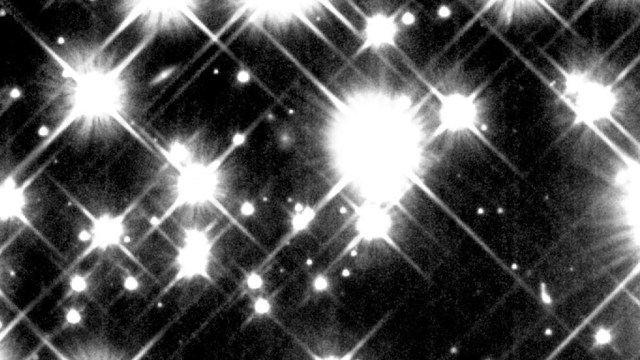Yes, Stephen Hawking Lied To Us All About How Black Holes Decay
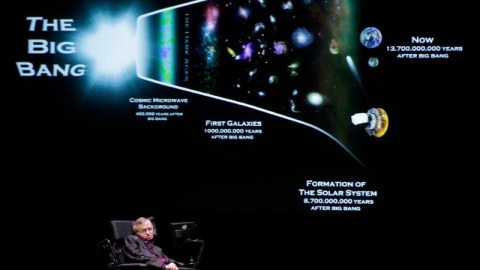
The biggest error from ‘A Brief History of Time’ continues to misinform generations of aspiring physicists.
The greatest idea of Stephen Hawking’s scientific career truly revolutionized how we think about black holes. They’re not completely black, after all, and it was indeed Hawking who first understood and predicted the radiation that they should emit: Hawking radiation. He derived the result in 1974, and it’s one of the most profound links ever between the worlds of the quantum and our theory of gravitation, Einstein’s General Relativity.
And yet, in his landmark 1988 book, A Brief History Of Time, Hawking paints a picture of this radiation — of spontaneously created particle-antiparticle pairs where one member falls in and the other escapes — that’s egregiously incorrect. For 32 years, it’s misinformed physics students, laypersons, and even professionals alike. Black holes really do decay. Let’s make today the day we find out how they actually do it.
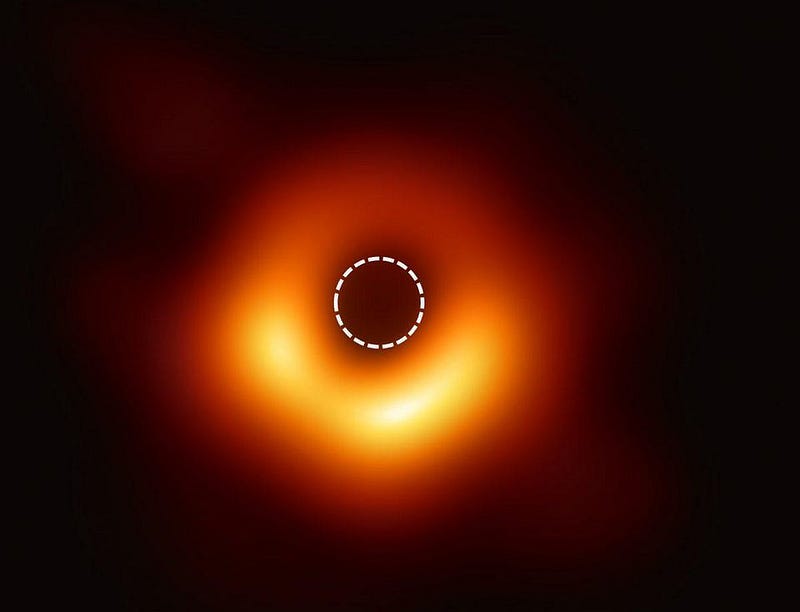
What Hawking would have had us imagine is a relatively simple picture. Start with a black hole: a region of space where so much mass has been concentrated into such a small volume that, within it, not even light can escape. Everything that ventures too close to it will inevitably be drawn into the central singularity, with the border between the escapable and inescapable regions known as the event horizon.
Now, let’s add in quantum physics. Space, at a fundamental level, can never be completely empty. Instead, there are entities inherent to the fabric of the Universe itself — quantum fields — that are always omnipresent. And, just like all quantum entities, there are uncertainties inherent to them: the energy of each field at any location will fluctuate with time. These field fluctuations are very real, and occur even in the absence of any particles.
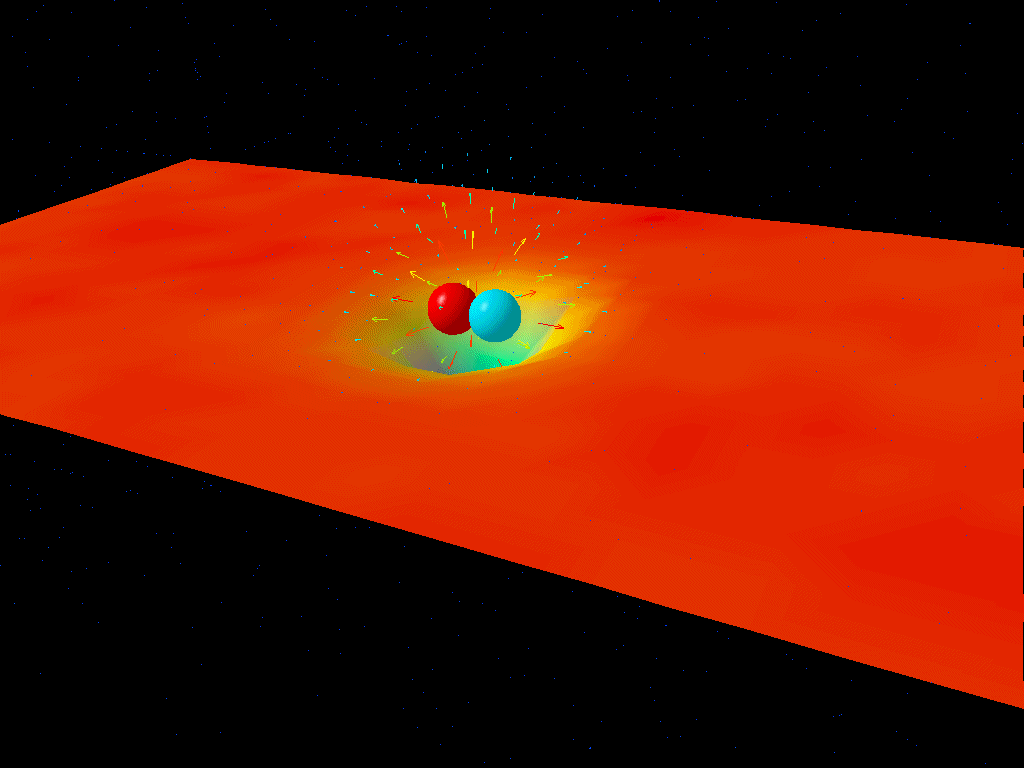
In the context of quantum field theory, the lowest-energy state of a quantum field corresponds to no particles existing. But excited states, or states that correspond to higher-energies, correspond to either particles or antiparticles. One visualization that’s commonly used is to think about empty space as being truly empty, but populated by particle-antiparticle pairs (because of conservation laws) that briefly pop into existence, only to annihilate away back into the vacuum of nothingness after a short while.
It’s here that Hawking’s famous picture — his grossly incorrect picture — comes into play. All throughout space, he asserts, these particle-antiparticle pairs are popping in and out of existence. Inside the black hole, both members stay there, annihilate, and nothing happens. Far outside of the black hole, it’s the same deal. But right near the event horizon, one member can fall in while the other escapes, carrying real energy away. And that, he proclaims, is why black holes lose mass, decay, and where Hawking radiation comes from.
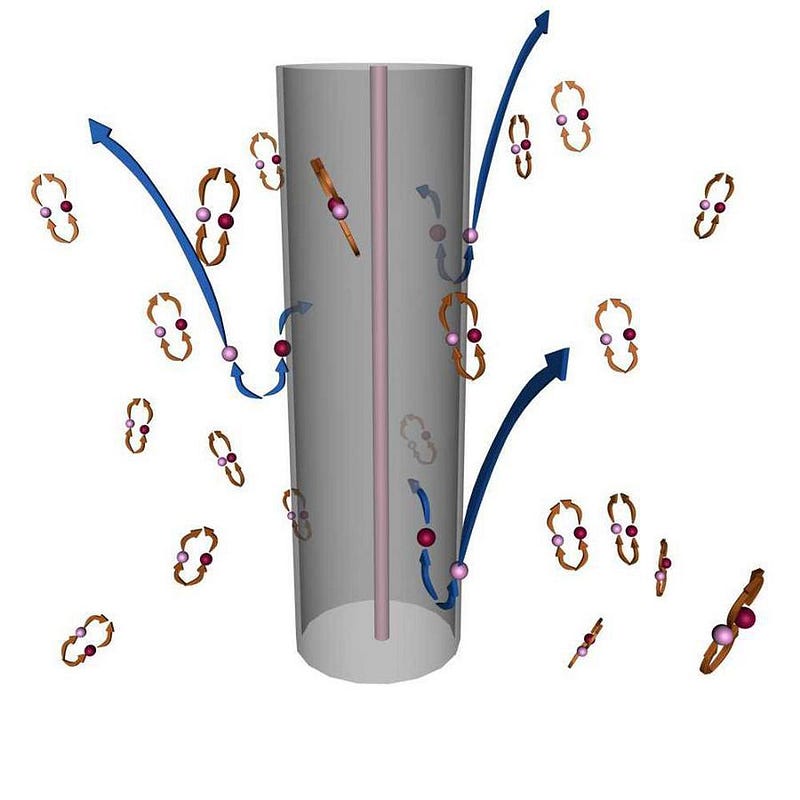
That was the first explanation that I, myself a theoretical astrophysicist, ever heard for how black holes decay. If that explanation were true, then that would mean:
- Hawking radiation was composed of a 50/50 mix of particles and antiparticles, since which member falls and which one escapes will be random,
- that all of the Hawking radiation, which causes black holes to decay, will be emitted from the event horizon itself, and
- that every quantum of emitted radiation must have a tremendous amount of energy: enough to escape from almost, but not quite, being swallowed by the black hole.
Of course, all three of those points are not true. Hawking radiation is made almost exclusively of photons, not a mix of particles and antiparticles. It gets emitted from a large region outside the event horizon, not right at the surface. And the individual quanta emitted have tiny energies over quite a large range.
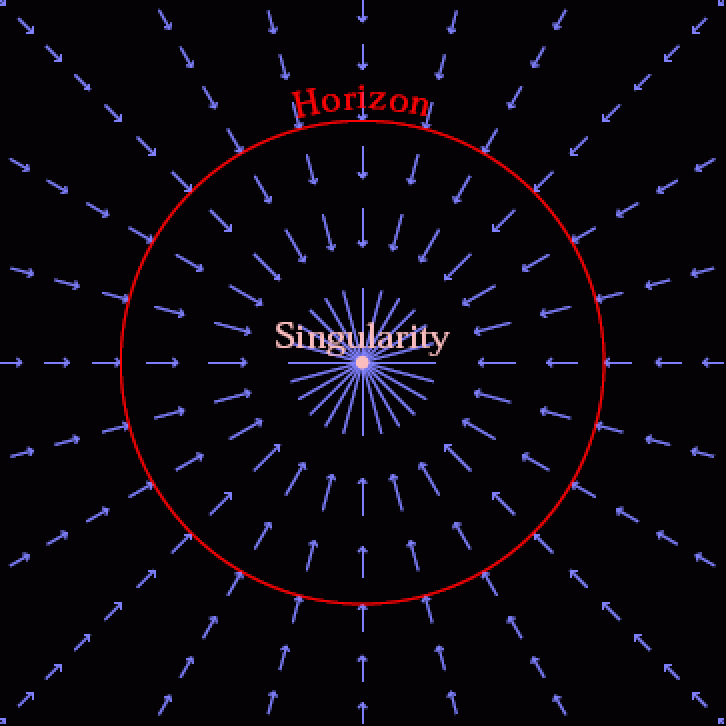
What’s odd about this explanation is that it’s not the one he used in the scientific papers he wrote concerning this topic. He knew that this analogy was flawed and would lead to physicists thinking incorrectly about it, but he chose to present it to the general public as though people weren’t capable of understanding the real mechanism actually at play. And that’s too bad, because the actual scientific story is no more complex, but far more illuminating.
Empty space really does have quantum fields all throughout it, and those fields really do have fluctuations in their energy values. There’s a germ of truth in the “particle-antiparticle pair production” analogy, and it’s this: in quantum field theory, you can model the energy of empty space by adding up diagrams that include the production of these particles. But it’s a calculational technique only; the particles and antiparticles are not real but are virtual instead. They are not actually produced, they do not interact with real particles, and they are not detectable by any means.
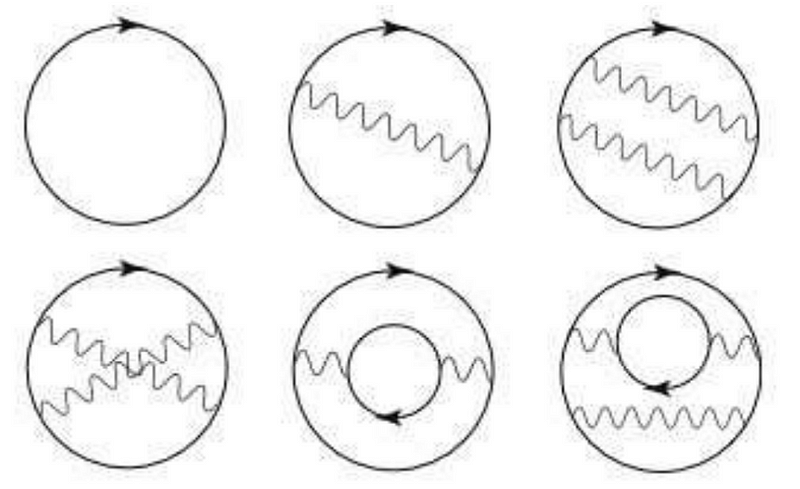
To any observer located anywhere in the Universe, that “energy of empty space,” which we call the zero-point energy, will appear to have the same value no matter where they are. However, one of the rules of relativity is that different observers will perceive different realities: observers in relative motion or in regions where the spacetime curvature is different, in particular, will disagree with one another.
So if you’re infinitely far away from every source of mass in the Universe and your spacetime curvature is negligible, you’ll have a certain zero-point energy. If someone else located at a black hole’s event horizon, they’ll have a certain zero-point energy that’s the same measured value for them as it was for you infinitely far away. But if you try to map your zero-point energy to their zero-point energy (or vice versa), the values won’t agree. From one another’s perspectives, the zero-point energy changes relative to how severely the two spaces are curved.
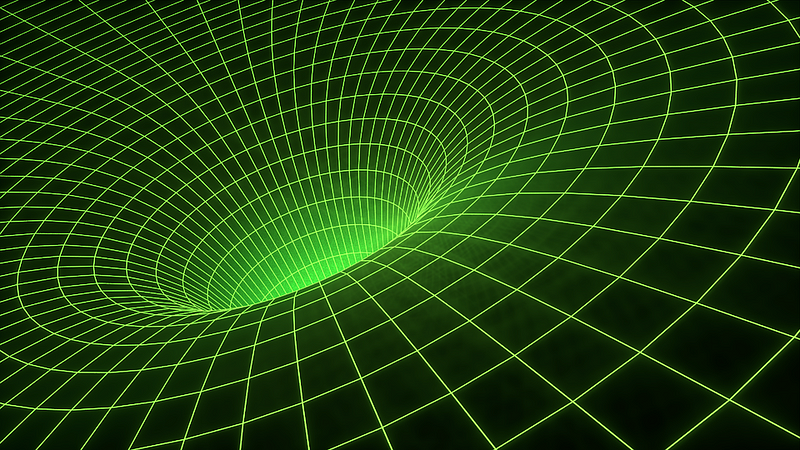
That’s the key point behind Hawking radiation, and Stephen Hawking himself knew it. In 1974, when he famously derived Hawking radiation for the first time, this was the calculation he performed: calculating the difference in the zero-point energy in quantum fields from the curved space around a black hole to the flat space infinitely far away.
The results of that calculation are what determine the properties of the radiation that emanates from a black hole: not from the event horizon exclusively, but from the entirety of the curved space around it. It tells us the temperature of the radiation, which is dependent on the mass of the black hole. It tells us the spectrum of the radiation: a perfect blackbody, indicating the energy distribution of photons and — if there’s enough energy available via E = mc² — massive particles and antiparticles, too.
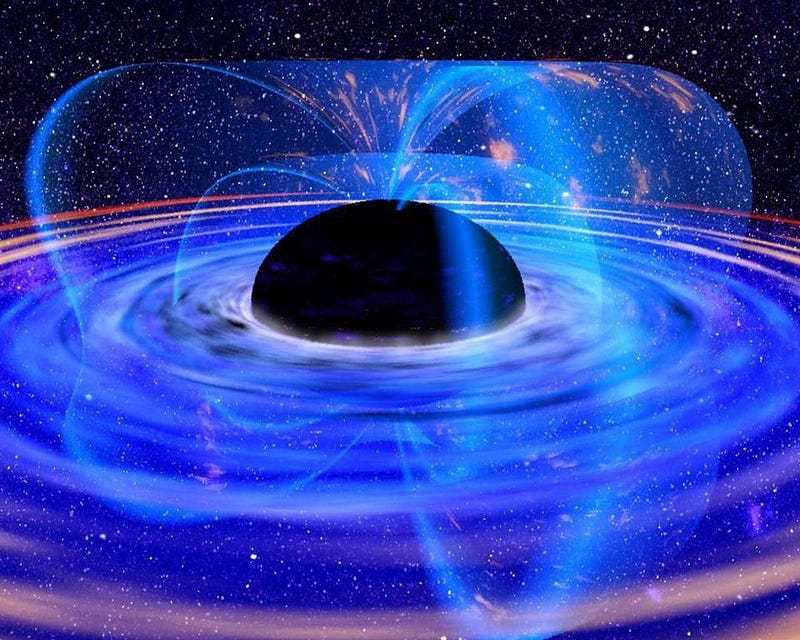
It also enables us to compute an important detail that is not generally appreciated: where the radiation that black holes emit originates from. While most pictures and visualizations show 100% of a black hole’s Hawking radiation being emitted from the event horizon itself, it’s more accurate to depict it as being emitted over a volume that spans some 10–20 Schwarzschild radii (the radius to the event horizon), where the radiation gradually tapers off the farther away you get.
This leads us to a phenomenal conclusion: that all collapsed objects that curve spacetime should emit Hawking radiation. It may be a tiny, imperceptible amount of Hawking radiation, swamped by thermal radiation for as far as we can calculate for even long-dead white dwarfs and neutron stars. But it still exists: it’s a positive, non-zero value that is calculable, dependent only on the object’s mass, spin, and physical size.
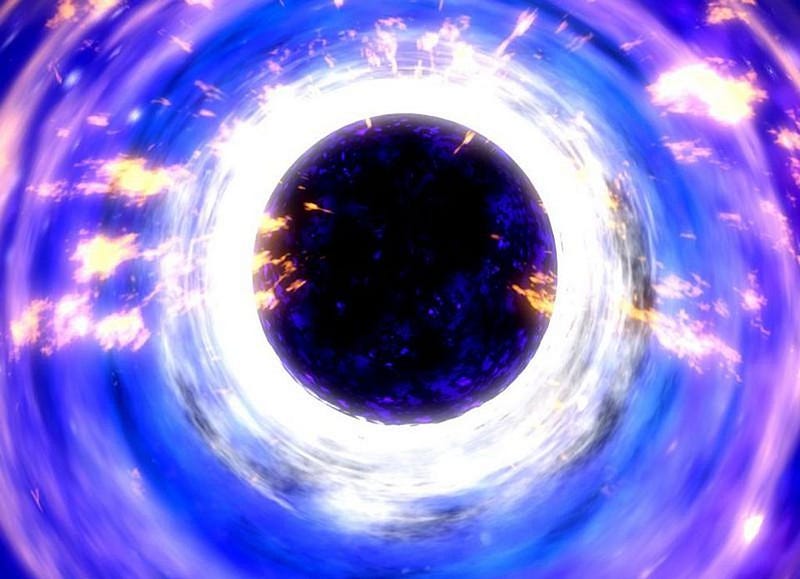
The major problem with Hawking’s explanation of his own theory is that he takes a calculational tool — the idea of virtual particles — and treats that tool as though it’s equivalent to physical reality. In reality, what’s happening is that the curved space around the black hole is constantly emitting radiation due to the curvature gradient around it, and that the energy is coming from the black hole itself, causing its event horizon to slowly shrink over time.
Black holes are not decaying because there’s an infalling virtual particle carrying negative energy; that’s another fantasy devised by Hawking to “save” his insufficient analogy. Instead, black holes are decaying, and losing mass over time, because the energy emitted by this Hawking radiation is slowly reducing the curvature of space in that region. Once enough time passes, and that duration is enormous for realistic black holes, they will have evaporated entirely.
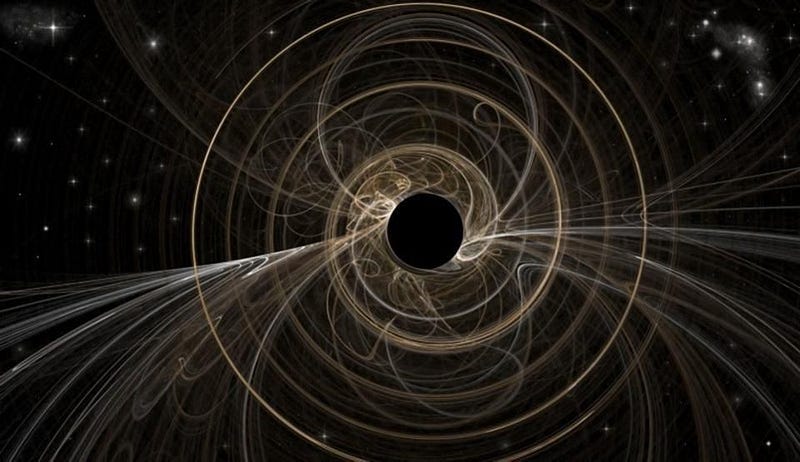
None of this should serve to take away from Hawking’s tremendous accomplishments on this front. It was he who realized the deep connections between black hole thermodynamics, entropy, and temperature. It was he who put together the science of quantum field theory and the background of curved space near a black hole. And it was he who — quite correctly, mind you — figured out the properties and energy spectrum of the radiation that black holes would produce. It is absolutely fitting that the way black holes decay, via Hawking radiation, bears his name.
But the flawed analogy he put forth in his most famous book, A Brief History of Time, is not correct. Hawking radiation is not the emission of particles and antiparticles from the event horizon. It does not involve an inward-falling pair member carrying negative energy. And it shouldn’t even be exclusive to black holes. Stephen Hawking knew how black holes truly decay, but he told the world a very different, even incorrect, story. It’s time we all knew the truth instead.
Ethan Siegel is the author of Beyond the Galaxy and Treknology. You can pre-order his third book, currently in development: the Encyclopaedia Cosmologica.





